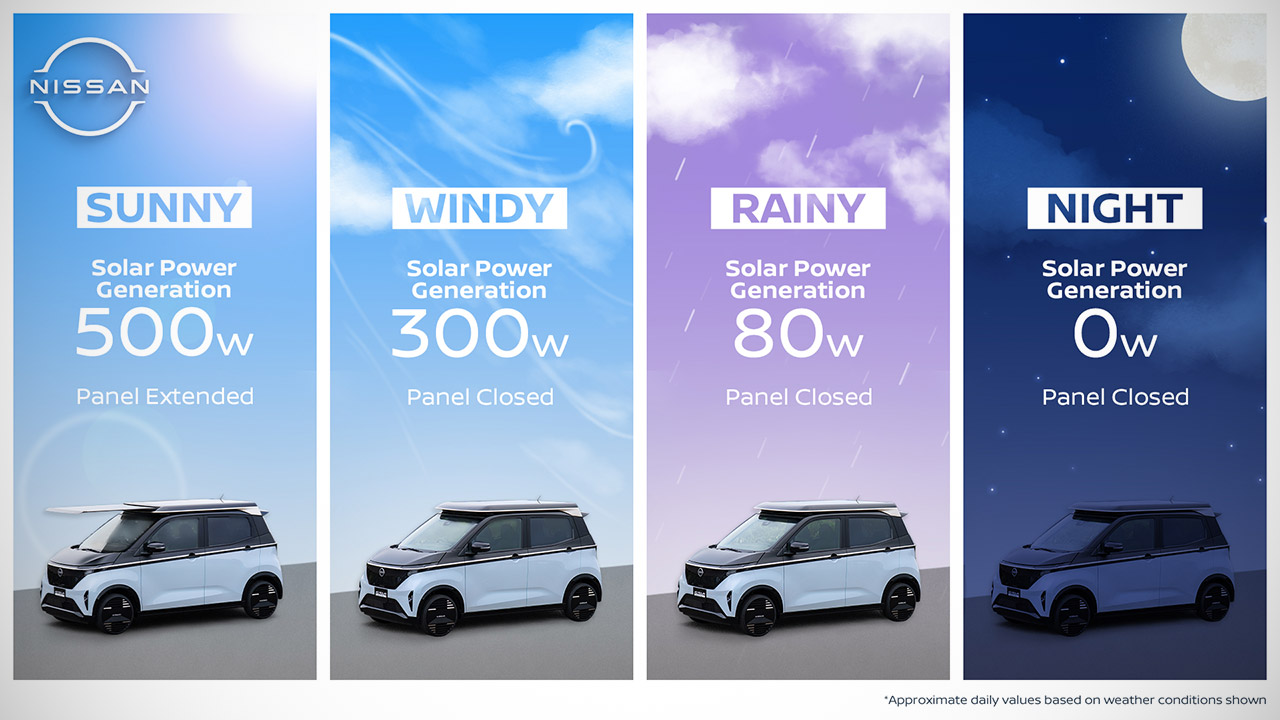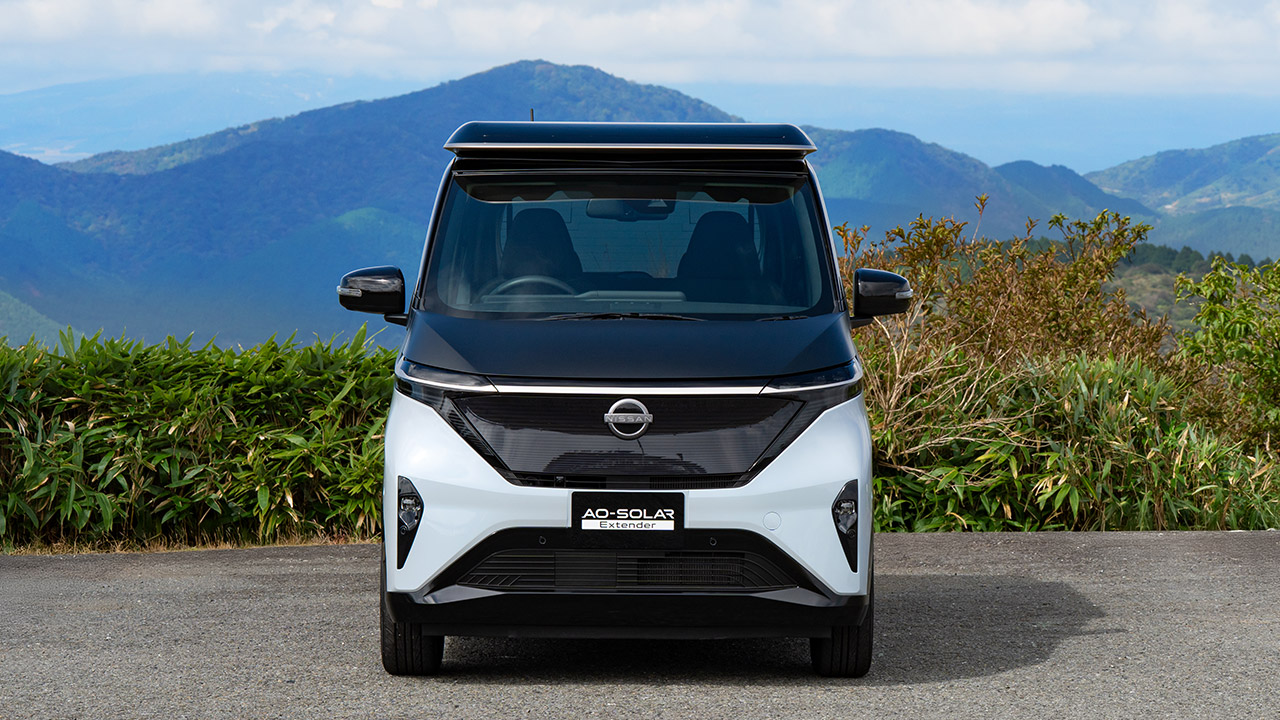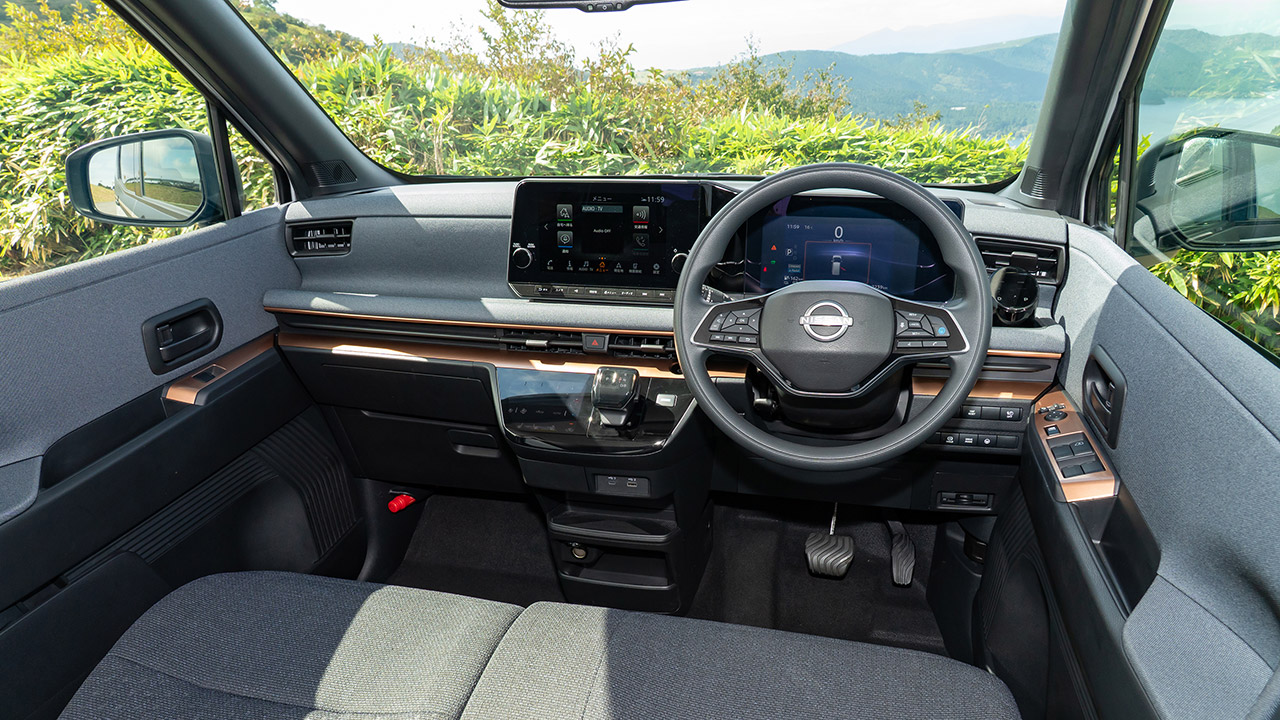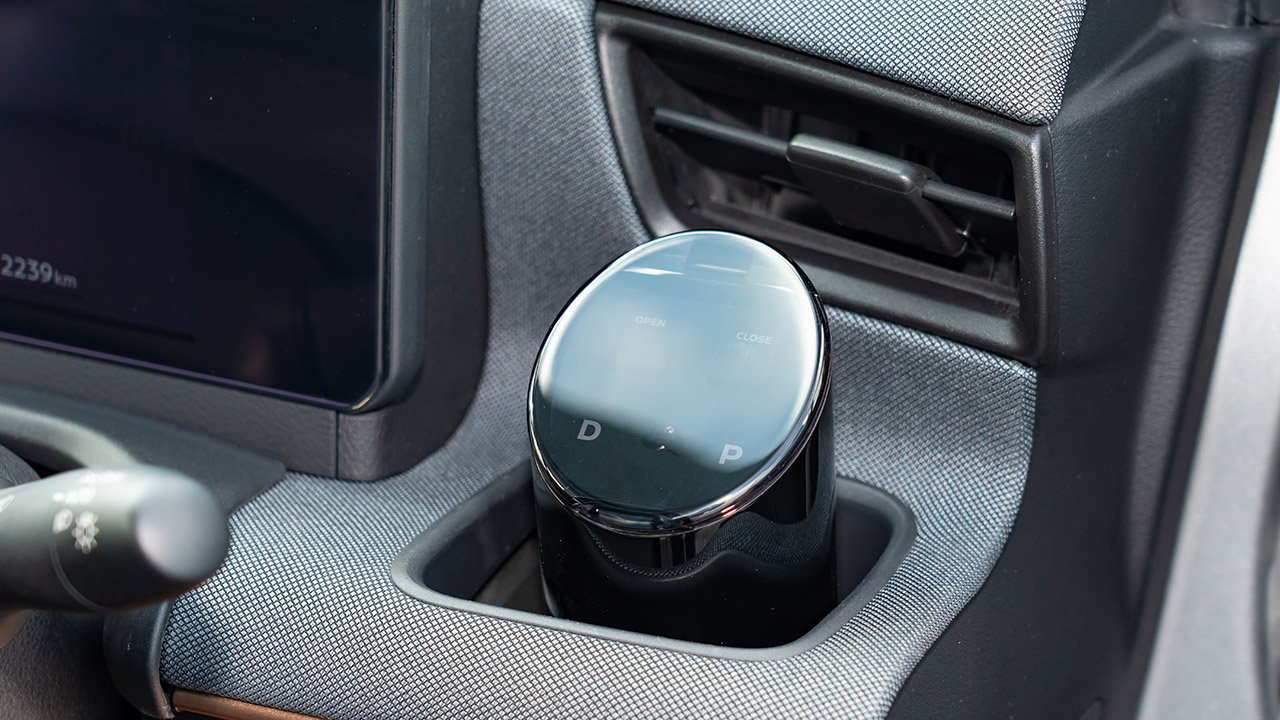Nissan engineers studied the everyday activities of electric vehicle drivers. Most days consisted of brief visits to the grocery store or school, and to be honest, plugging in still feels like a hassle. Their solution is a solar setup called the Ao-Solar Extender, which sits atop of the Sakura, Japan’s most popular little electric car. This prototype converts the idle hours of the day into extra range, thanks to the sun. It will make its premiere next week at the Japan Mobility Show, with the promise of making charging as simple as parking your car.
When you pull up to your normal location(s), the roof panel moves forward, almost as if inviting you to leave it there. And as it moves forward, it extends an additional sheet of solar cells, increasing the overall system output to 500 watts on a clear day. Simply keep it there all day, and it will absorb enough to give your car a boost without you having to plug it in. When you go home later, the whole thing gently folds back against the roof, with no wind rushing over odd portions and no extra drag reducing your efficiency. Nissan has sought to make it look like it was always meant to be part of the Sakura, while retaining the rest of the car’s fun to drive character intact.
Sale

LEGO Speed Champions 2 Fast 2 Furious Nissan Skyline GT-R (R34), Race Car Toy Model Building Kit,…
- Fast and Furious fans can relive thrilling moments from the 2 Fast 2 Furious movie with this LEGO Nissan Skyline GT-R (R34) model car building kit
- Inspired by the real-life version, the toy race car model features iconic stripes on the side, a wing at the back and a grille on the front
- LEGO Speed Champions and Fast and Furious fans will appreciate the impressive wheel arches and the nitro fuel canister on the passenger seat
Now, the sun won’t always shine brightly, but this method is quite adaptive. On the road, the fixed panel still provides 300 watts during the brightest parts of the day. If it clouds up, the power will drop to 80 watts, which is still better than nothing. And, once night falls, generation will come to a standstill – but all of those daylight gains mount up. Nissan estimates that it will provide 3,000 km of range over the course of a year, which equates to around 1,864 miles.
The Sakura has been Japan’s best-selling EV for three years in a row, thanks in large part to its battery, which can handle all of the everyday tasks with ease. People admire the spacious cabin and how easy it is to maneuver through the city’s narrow streets. When you add the solar extender, those typical little travels, which are usually less than 40 miles per day for most people, begin to seem self-sustaining. And data from existing drivers show that most people are merely running errands and dropping off kids at school, so the sun could theoretically do all of that work for them, eliminating the need for the grid entirely.




But that isn’t the only benefit; the ingenious design also keeps things cool. The extended panel provides a welcome measure of shade over the windscreen, keeping the cabin from becoming a sweltering greenhouse. When you return to the car, it’s still lovely to get in – no blast of hot air, no air conditioner blasting in and sucking up the battery to try to catch up. That means you can stretch each charge a little farther – it’s the kind of detail that elevates a great novelty to a very useful tool.
